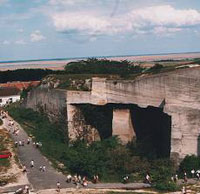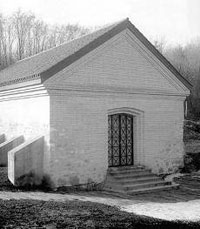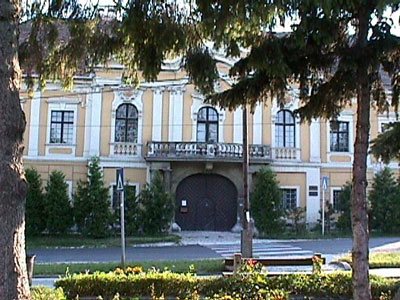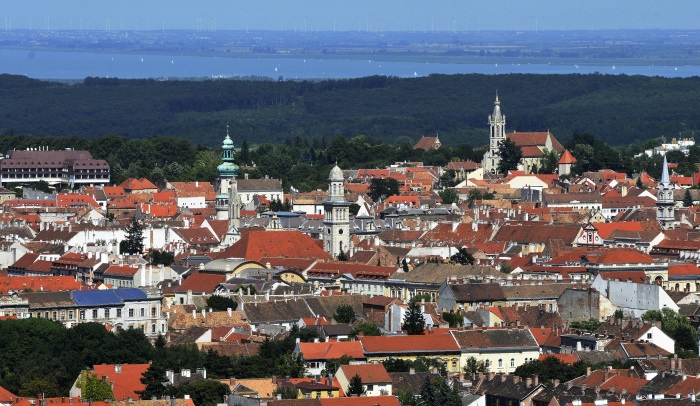 |

|
 
|
 
|
 
|

|
Fertőrákos
 |
One of the most interesting attractions of Fertőrákos is the open-air museum of the beautiful stone quarry. It is part of the Fertő Region World Heritage and gives us a chance to discover the wonders of both the natural and the man-made environment. It is hard to believe, but once upon a time this area was covered by sea. The existence of the former Pannon Sea is attested by the ancient remains of plants and animals on the walls of the quarry. The Romans exploited the 10-12 million-year-old Lajta limestone to build the walls of Sopron, which they called Scarbantia. This stone was a popular building material in the past few centuries because it was easy to carve. Quarrying the stone created vast empty spaces. The remaining unusable layers overlie the halls like enormous ceilings. The interior of the halls remind us of ancient Egyptian rock temples. Their excellent acoustics create a unique atmosphere for the concerts held in the Cave Theatre every summer. The lookout point of the quarry offers an unforgettable view of the huge area of Lake Fertő. The Buckthorn Study Path, presents unique values of fauna and flora, and leads us to the Pan-European Monument. The metal sculpture, representing a piece of the 'iron curtain', recalls the memory of the border opening on 19 August, 1989. The open-air museum invites us to an exciting journey through time.
 |
The Mithras Sanctuary near the Austrian–Hungarian border was discovered in 1866, but it was completely destroyed after World War I. However, the verifying excavation and the careful reconstruction work carried out in 1990-91 brought this strange mystery religion closer to us. In the Provinces of the vast Roman Empire, the only career for men was joining the Legion. After 20-25 years of service, they obtained Roman citizenship and land. Naturally, they also brought their culture and religion with them from their distant homeland. The Persian soldiers stationed in the nearby Carnuntum erected a chapel in the 3rd century for Mithras, the invincible God of Sun, the symbol of light and life. Mithras kills the bull, the symbol of darkness and evil, in the cave. The main cultic picture opposite the entrance of the cave-like sanctuary shows this moment. The raised benches along the longer sides of the chapel were built for the initiated participants, while the ceremony itself was held in the middle.
 |
